Urban Design
The field of urban design, which involves the arrangement and design of buildings, public spaces, transportation systems, and other physical aspects of a city, has been revolutionized by the advent of 3D modeling. This innovative technology provides a means to visualize urban spaces in detail before they're built, leading to better design outcomes. In the vibrant city of Ottawa, 3D modeling is significantly enhancing urban design, shaping the future of the city in novel and exciting ways.
Planning for A Better Future
Urban planning is a critical process that shapes the growth and development of a city. Traditional planning methods, while effective, often lack the visual component necessary to fully understand the potential impacts of design choices. 3D modeling, on the other hand, provides a detailed and realistic visual representation of proposed urban design projects.
In Ottawa, with its complex blend of historic landmarks and modern architecture, 3D modeling is increasingly being adopted in urban design planning. It allows urban designers to simulate and analyze various scenarios, including traffic flow, sunlight distribution, and visual aesthetics, helping to predict and mitigate potential issues before they occur.
Enhancing Community Engagement
Urban design is not just about buildings and public spaces; it's also about the people who live and interact within these spaces. 3D modeling has revolutionized the way community members participate in the urban design process.
Interactive 3D models allow Ottawa residents to understand and visualize proposed changes to their city, fostering an informed dialogue between urban designers and the community. This inclusion and collaboration can lead to urban design that better meets the needs and desires of the community, creating spaces that are not only functional but also resonate with the people who use them.
Promoting Sustainable Urban Design
Sustainability is a fundamental consideration in modern urban design. As Ottawa continues to strive towards its environmental goals, 3D modeling serves as an essential tool to support sustainable urban development.
By simulating environmental factors such as rainfall, wind flow, and sunlight, 3D models can predict how proposed designs will interact with the natural environment. This information aids in the creation of urban designs that promote energy efficiency, reduce environmental impact, and contribute to a more sustainable future for the city.
Conclusion
3D modeling has emerged as a powerful tool, bringing a new dimension to urban design in Ottawa. As this technology continues to evolve, it will further enhance the city's ability to plan for a sustainable and vibrant future, engage the community in meaningful ways, and create urban spaces that truly reflect Ottawa's unique identity and values. Through 3D modeling, the future of urban design in Ottawa looks bright, innovative, and inclusive.



